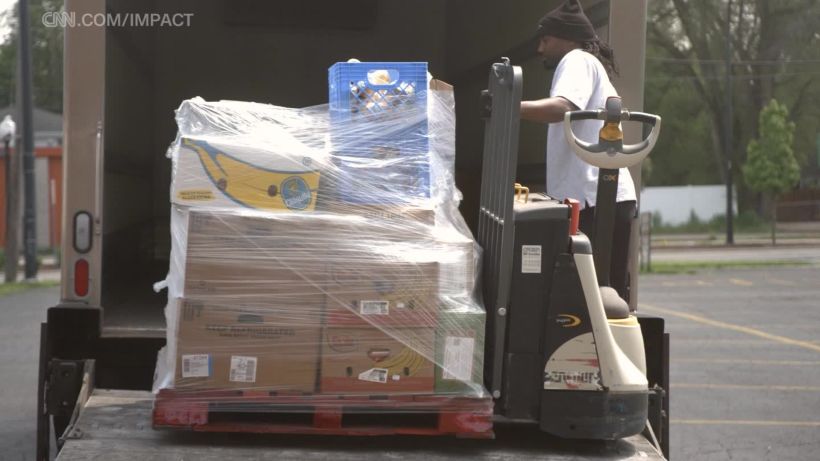A year ago, Hurricane Maria tore into Puerto Rico, obliterating power grids, decimating farms, flattening homes and wrecking the local economy.
Maria came on the heels of Hurricane Irma – sister-storms that would forever change the fate of the island.
But even as Maria churned, another sister-storm raged on. This one involved a sisterhood of Puerto Ricans, some living on the island, others part of the diaspora in the US mainland.
Most of these women have never met, but together they display a raw human resolve capable of reinventing the island’s future.
Right now they are rebuilding Puerto Rican homes, restoring farms, installing solar power grids and seeking to transform the local economy – all motivated by a heartfelt wish for the island they call home to become whole again.
These are their stories.
THE HOUSE THAT WOMEN BUILT
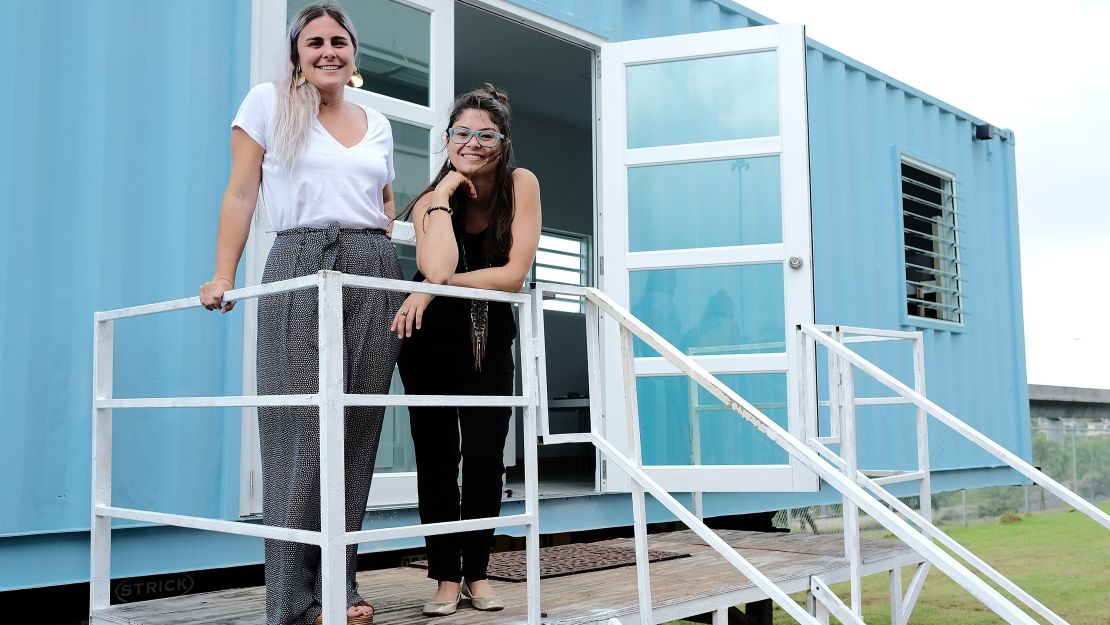
Carla Gautier is an architect with a monumental function – in the form of a shipping container.
Days after Hurricane María flattened thousands of homes in Puerto Rico, Gautier joined FEMA as a construction inspector.
“In most houses, the only thing standing was the toilet,” Gautier told CNN.
Makeshift homes and bureaucracy collide
For generations, more than half of Puerto Ricans relied on informal construction to build affordable homes and bypass a costly, bureaucratic process. It was these homes that bore the brunt of María. About 300,000 dwellings suffered significant damage and some 70,000 of those were completely destroyed, according to the island’s Housing Department. Without formal property deeds, home owners struggled to get federal aid. Money was tight.
“It was really frustrating,” Gautier said. “I wanted to figure out a way to make a type of home construction that was accessible to everyone.”
The answer: shipping containers.
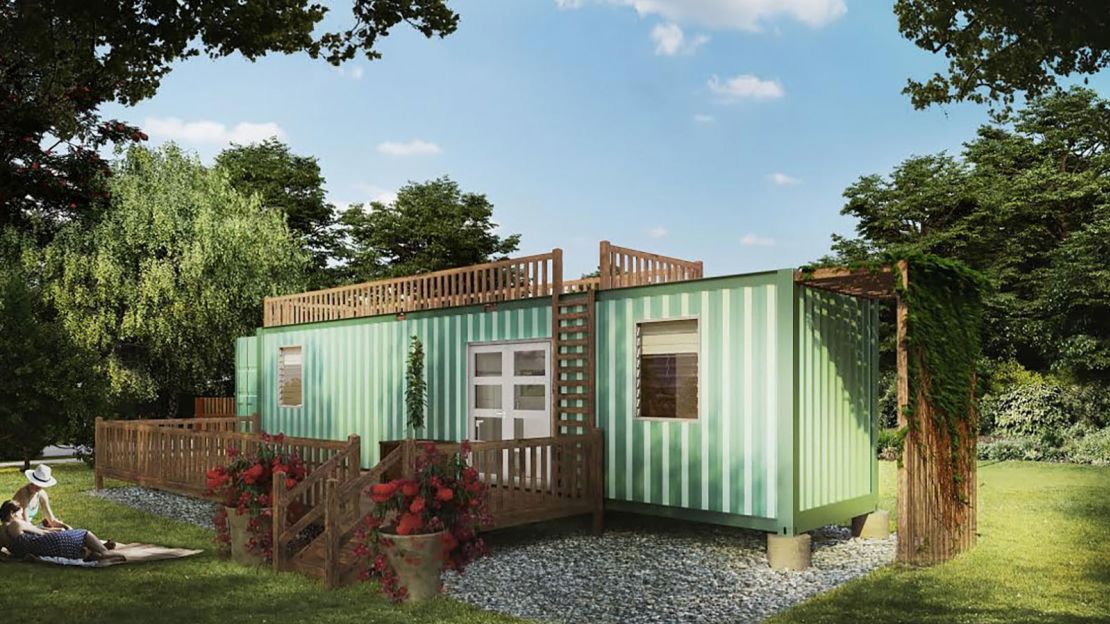
A container built for hurricanes
“They are fabricated to withstand the worst atmospheric conditions, in the middle of the ocean, getting hit by waves and typhoons,” said Gautier, who had seen firsthand this type of construction used successfully in Europe.
So she turned to lifelong friend Maria Gabriela Velasco, a psychologist and entrepreneur. Together they formed HiveCube to revolutionize the way Puerto Ricans build affordable homes.
“The median income on the Island is around $20,000, but the medium home value is about $100,000,” said Velasco. “It’s not enough. That’s where we come in.”
HiveCube’s basic model is priced at $39,000. It includes two bedrooms, one bathroom and a kitchen-living area. They are compliant with US building codes and are ADA accessible. The entire structure, including the windows, can withstand a Category 5 hurricane with winds up to 175 miles per hour, assuming it is properly anchored to a foundation.
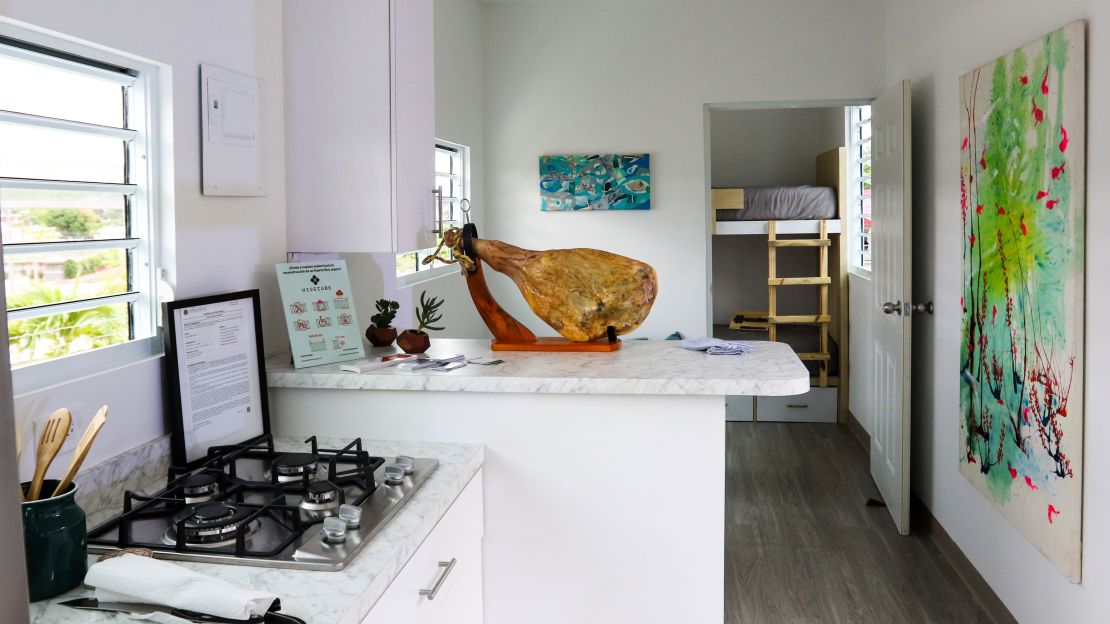
For an additional cost, the homes can be fitted with a solar power microgrid, rainwater collection and a sewage treatment system that doubles as a garden.
“The ‘plano modelo,’ or basic model, can be placed anywhere on the island and is considered safe housing that meets all construction codes,” says Velasco.
HiveCube is now taking orders from homeowners who can afford the units without financing and is in the process of securing an owner-financing plan with local banks.
Next in line is an assembly plant.
“We are trying to establish a manufacturing facility in Puerto Rico to create jobs,” said Velasco. “Our goal is to build about 100 ‘hives’ a month through a prefabrication process.”
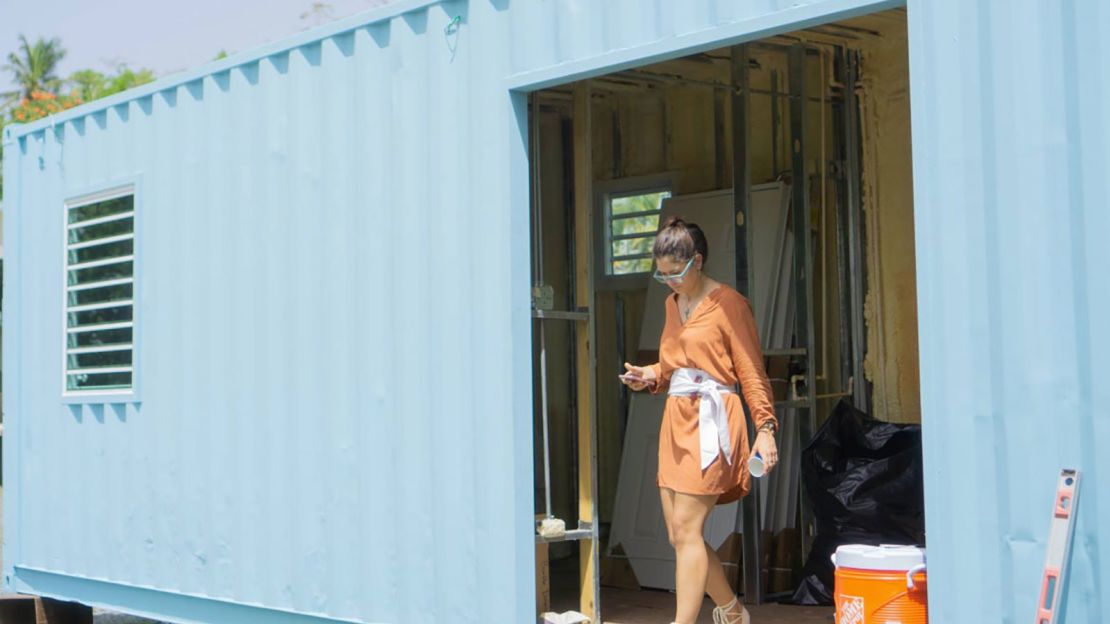
Not “playing house”
Out of María’s rubble, Gautier and Velasco have created a bold new vision for affordable housing on the island. But even as they rack up awards and accolades, some only see two girls playing construction.
“Sometimes when I’m in the field buying materials I have to find ways to get the men to understand I’m the one who is making the decisions,” Gautier told CNN. “They want me to call the architects or the engineer or my boss. And I have to be like, ‘No, I’m the boss.’”
Despite the chauvinism they’ve experienced, the women remain undaunted.
“We want to build a stronger and better Puerto Rico,” said Velasco. “Having a financially accessible home and knowing that your family is safe gives you peace of mind.”
THE WOMENS’ HARVEST
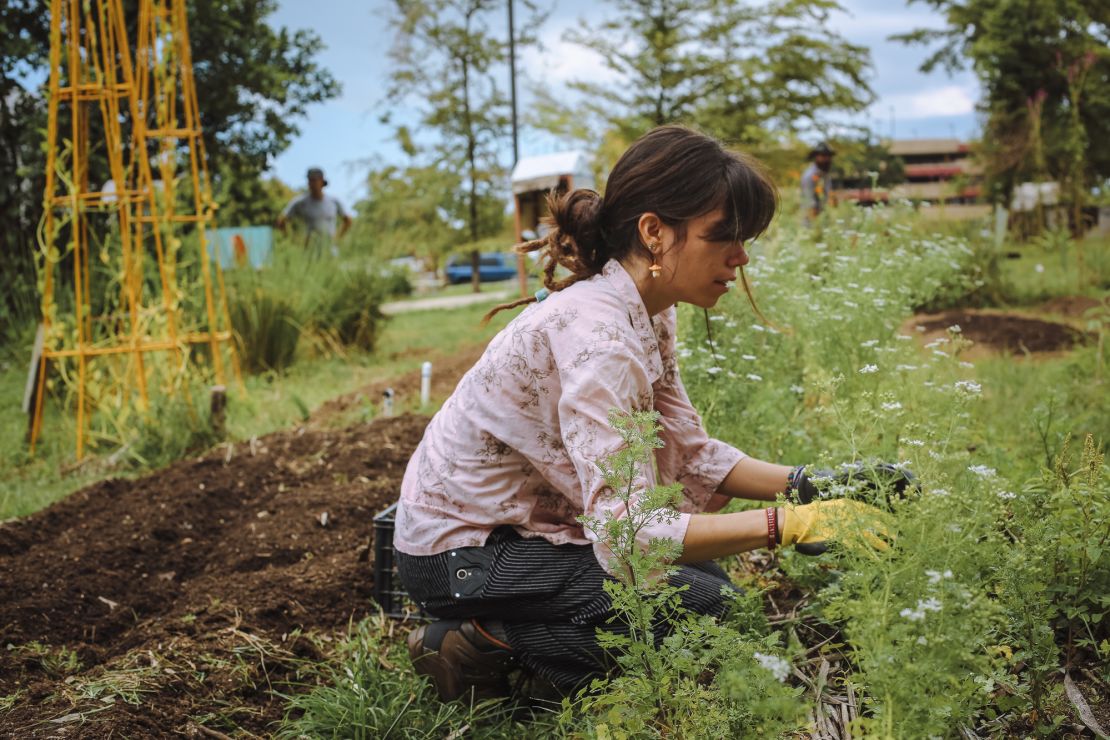
Puerto Rican farmer and activist Tara Rodriguez Besosa was stuck in New York City when María hit the island. For weeks she received no word about her family, friends or her restaurant, El Departamento de la Comida (The Food Department), a spot where local produce was the main dish.”Our restaurant got flooded and we lost everything,” she later found out.
In Colorado, Rodriquez Besosa’s friend Irene Vilar was equally desperate and farther from home.
“During that time, we were thinking, what can we do?” Vilar told CNN.
For inspiration, she turned to the wisdom of her grandmother, legendary Puerto Rican nationalist Lolita Lebrón.
Seeds of renewal
“I had these flashbacks to my grandmother,” Vilar said, “telling me ‘If Puerto Ricans can feed themselves, if we can achieve food sovereignty, maybe one day we can have our ‘patria,’ our own country.’ She was old-school.”
So Vilar put out a call for seeds through her nonprofit, Americas for Conservation and the Arts.
“It was overwhelming, we had so many seeds we didn’t know what to do with them.”
Vilar, working with Rodriguez Besosa, launched the Resilience Fund, a two-year campaign to restore 200 farms destroyed by María.
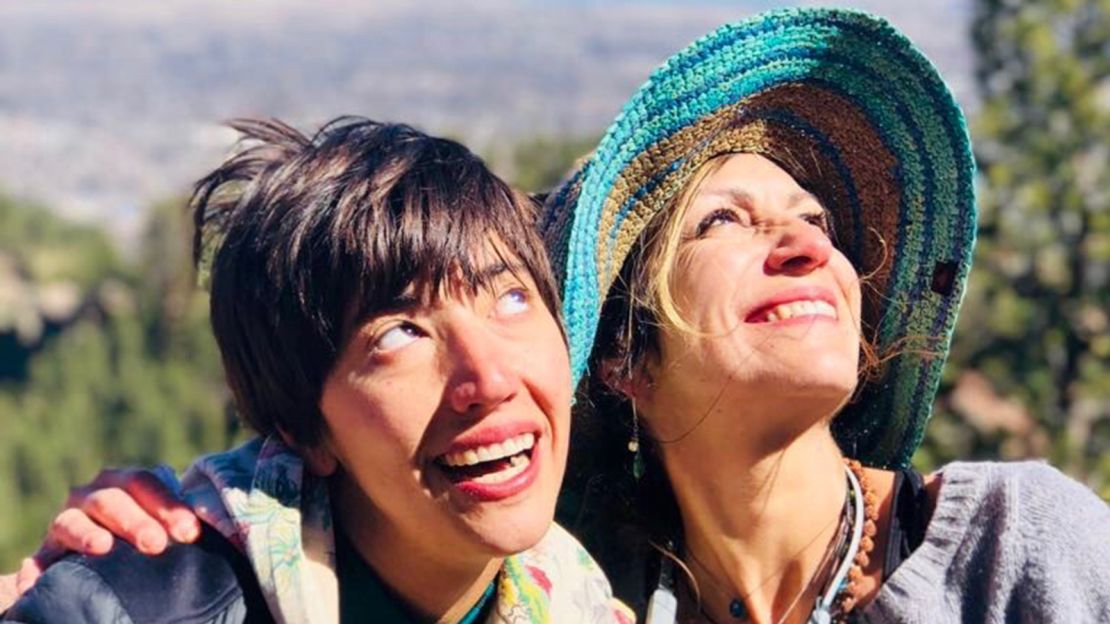
“The idea was to prevent a second collapse of the food system,” explained Vilar.
Using a network of nonprofits and Puerto Ricans in the diaspora, the women bought a used school bus, which they named the Guagua Solidaria (the “solidarity bus” in English). Rodriquez Besosa drove volunteer brigades from farm to farm around the island.

“We had to intervene quickly,” said Vilar, “a rapid response with those farmers that were part of Tara’s network. (We had to) work with the seeds that had sprouted, and prevent the farmers from closing their doors and leaving for Florida.”
A year later, the Resilience Fund has helped 60 farms. They hope to help 140 more in the year ahead.
A growing mission
Vilar and Rodriguez Besosa are on the front lines of a fast-growing movement to use locally-grown food as a way to decolonize the island. Their mission has evolved from emergency response to creating a lasting food legacy for future generations.
With prime agricultural land and a tropical climate that allows food to grow year-round, Puerto Rico is a farmer’s paradise. But due to decades of dependency on cheap imports, more than 80% of Puerto Rico’s food is imported – with some items like cereals, fats and sugars up to 100% imported – according to a study by the island’s CPA College.
As part of their food revolution, Rodriguez Besosa, an architect by training, envisions a fundamental shift in the way farms are run – from large, one-crop, corporate strongholds to small-scale, sustainable, locally owned farms.
Lessons from the past
This way of life, she says, is nothing new. Call it the legacy of the “Jíbaro,” the name given to Puerto Ricans of the “campo” – mostly men – who tended their own farms and had a profound knowledge of the land. In modern times, though, it’s the women leading the way.
“Half of the farmers I’m working with are women. And half of the activists in this movement are women,” Rodriguez Besosa said.
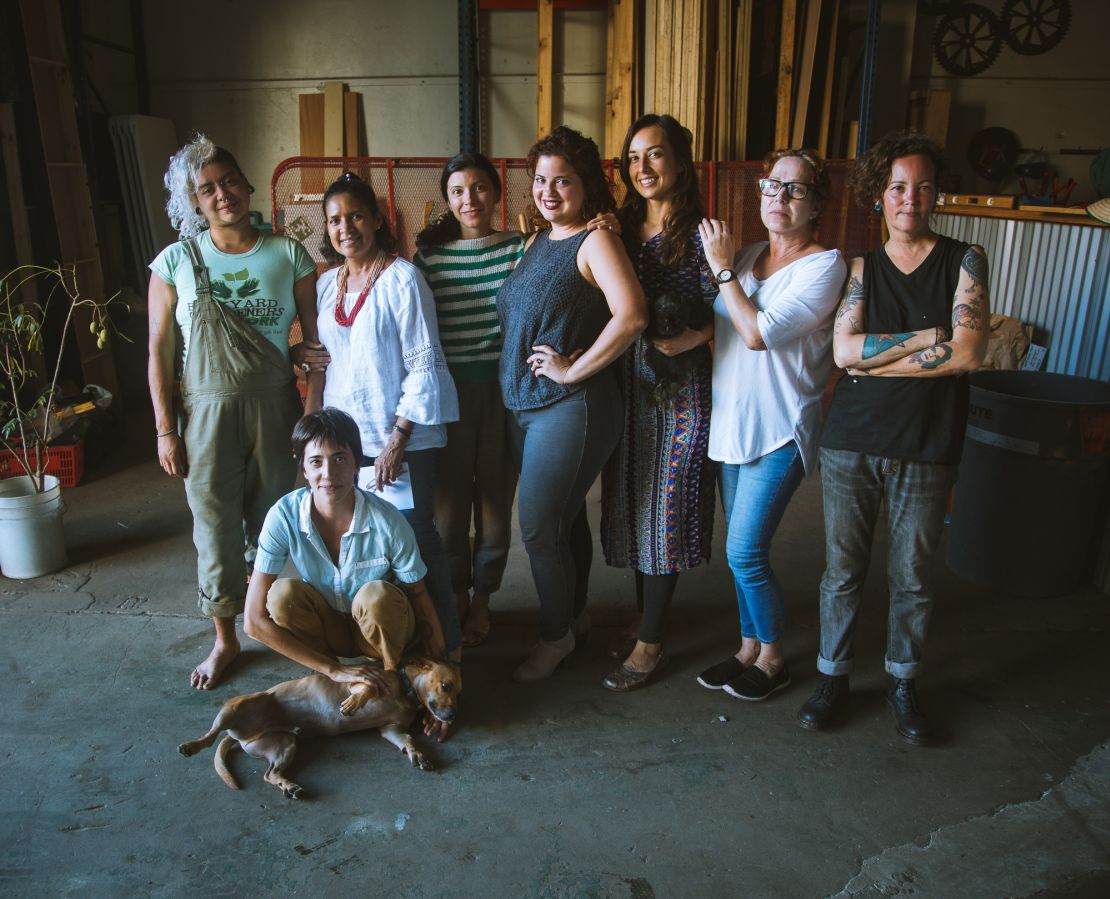
This year, Rodriguez Besosa purchased her own farm, which will be the new home of the rebranded El Departamento de la Comida.
“We are going to focus full time on workshops, advocacy and getting resources to other farmers,” she said. Additionally, they will launch a product line of sustainable foods and nonperishable products such as jams and sauces.
“A lot of healing is involved,” she said looking back at her work in the last year. “We are leaving a legacy of the beautiful food system that can be Puerto Rico.”
RE-STITCHING PUERTO RICO’S FASHION INDUSTRY
With over 80 manufacturing plants and 10,000 skilled workers, Puerto Rico is a garment powerhouse.
“Puerto Rico has a long history of sewing craftsmanship, since the early 1900s. There has always been a substantial population of women who sew, and the manufacturing sector on the island feeds off it,” said Auralís Herrero Lugo. She founded Retazo (“remnant” in English), a startup launched in the wake of María to transform the island’s apparel industry.
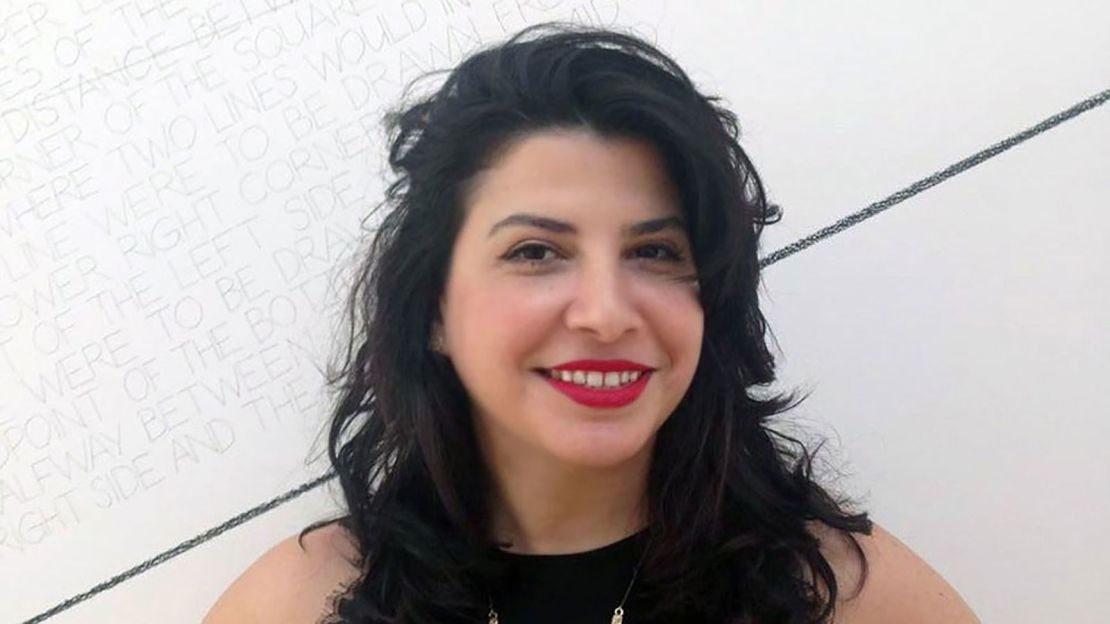
Puerto Rico is a major source of military apparel in the United States, according to a Congressional Report. The industry has grown steadily over the last ten years, after legislation required all military clothing be manufactured in the United States.
In Puerto Rico, this has proven both a blessing and a curse: It brought much needed cash flow, but also created a dependency on military contracts.
“After Maria, if you’re not a diverse manufacturing operation, how do you survive?” Herrero Lugo recently asked factory operators across the island – some concerned about government contracts moving elsewhere after the hurricane.
A high-fashion vision
A Parsons School of Design professor Herrero Lugo honed her manufacturing chops in Manhattan’s Garment District, where she worked as an apparel developer and designer for more than a decade. In meetings with over two dozen factories in Puerto Rico, Herrero Lugo pitched an idea that could overhaul the local industry and awaken a dormant potential: high-end, ready-to-wear fashion.
“It’s a high margin niche, but it’s a small quantity niche,” explained Herrero Lugo. “You have to learn how to do different things well. Instead of a lot of things fast.”
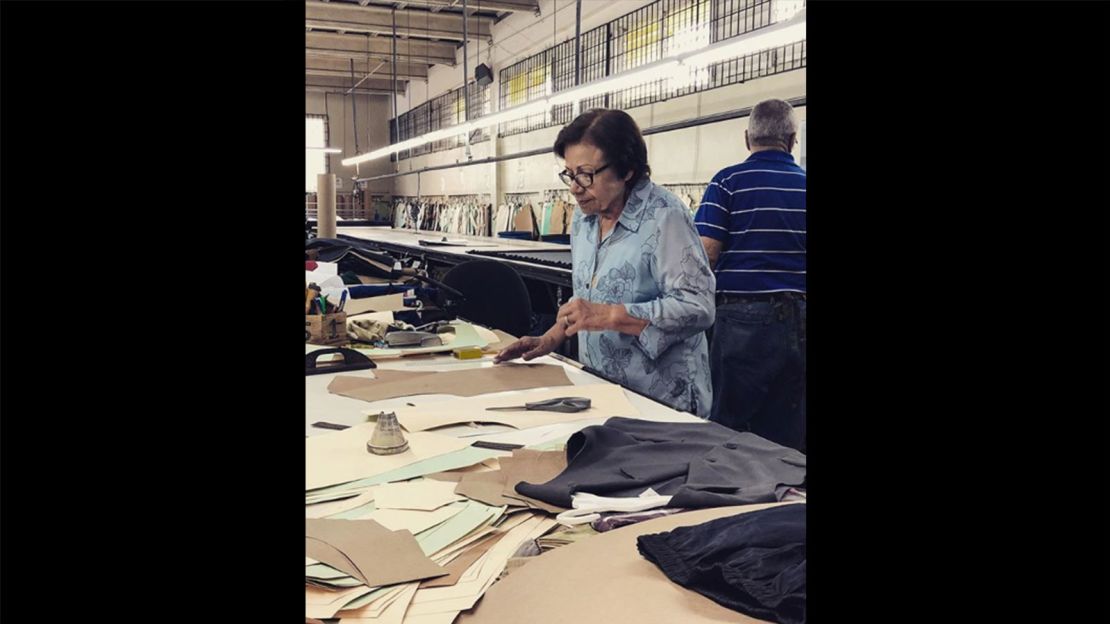
It’s a break from the current production model, in which workers receive bundles of unfinished garments and perform a single operation, then pass the work down the line where the process repeats.
“Each person is doing the same thing for ten years,” explained Herrero Lugo. “If the factory closes, that’s the only thing they know how to do.”
Instead, she’s proposing a more flexible system – known as modular production – in which a group of workers can produce a whole garment. The groups, called modules, work together to meet production demands, and can handle smaller, more specialized orders.
“In New York, you can make 500 shirts a week in a ten-person factory. It’s very efficient,” said Herrero Lugo.
To reach this level of efficiency, Retazo has created the Moda Lab, a bridge between apparel factories, garment workers, designers and small sewing co-ops comprised mostly of women working from home.
In this centralized hub, designers learn how to work directly with factories and vice versa, and outside fashion companies find help navigate the resources on the island.
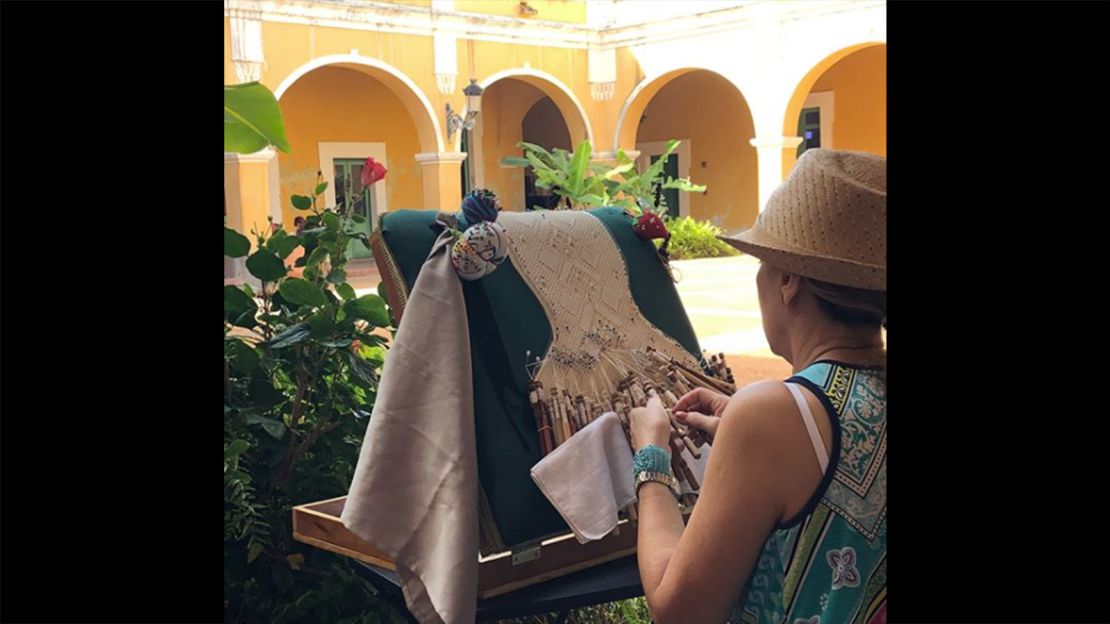
A new style of business
“We already know there is demand, more than we can keep up with,” said Herrero Lugo. “The next challenge is how to centralize all of this.”
In the first three months of operation, Retazo Moda Lab has received ten orders for high-end ready-to-wear fashion, which they’re in the process of delivering. They have an additional 30 clients on a waiting list.
“We want to plant the seeds for a fashion ecosystem to exist on the island,” said Herrero Lugo. “This is about coming together and seeing the potential of being good at multiple things.”
PUERTO RICO’S POWER WOMEN
In its wake, Hurricane Maria created the largest blackout in US history – and the second-largest in world history – leaving over 1.5 million Puerto Ricans in the dark.
“Everyone who was stateside was freaking out,” Resilient Power Puerto Rico co-founder Cristina Roig-Morris told CNN. Roig-Morris, born and raised on the island, is a member of New York’s Puerto Rican diaspora.

“All of us with family and friends and close ties to the island, we were trying to come up with a way to help,” the corporate attorney recalled.
After a month, it became clear that there were already these amazing service organizations on the island that had the systems, infrastructure and personnel to help people. But they didn’t have power.”
Roig-Morris reached out to community activists involved in the reconstruction of the Rockaways, a stretch of New York devastated by Hurricane Sandy in 2012.
Within a week, they formed their nonprofit.
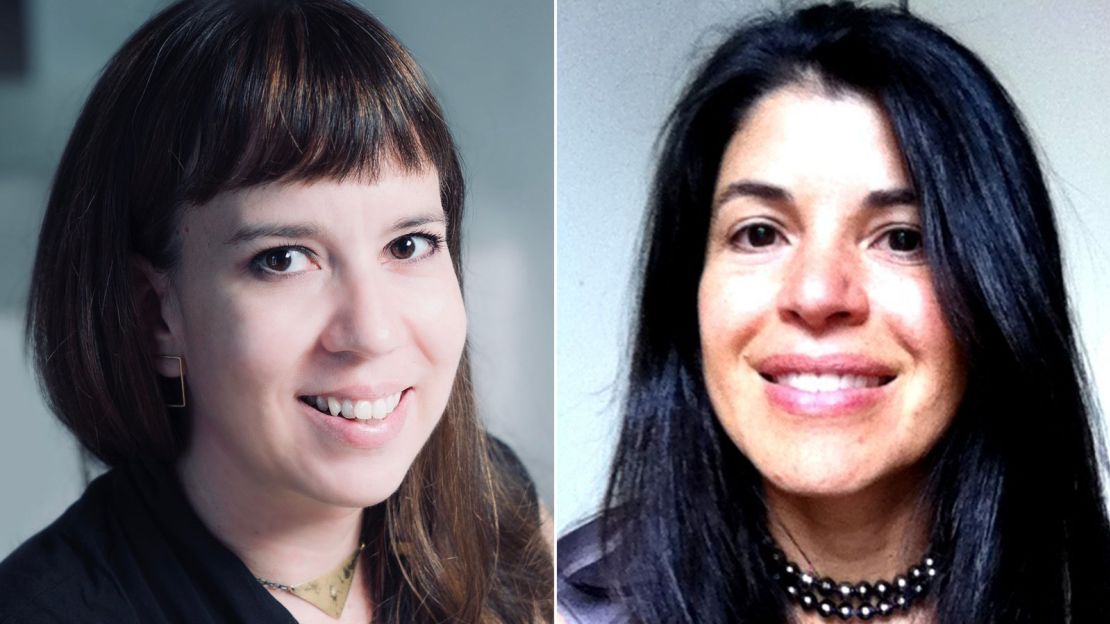
Energizing partnerships
“We got materials, solar panels, then flew them down there, got crews on the ground,” said Roig-Morris. Resilient Power’s mission quickly evolved from crisis response to building partnerships with community organizations providing critical services to vulnerable groups like the elderly, children and the impoverished.
The first project was completed in Caño Martín Peña, a humble community of about 26,000 within the boundaries of San Juan. Resilient Power installed solar power microgrids in four community centers.
“We see this project as emblematic of our mission,” said Roig-Morris. “We are not coming in and throwing solar panels on roofs. We want to work with communities to empower them, adapt these systems, own these systems and become aware of the long-term resilience.”
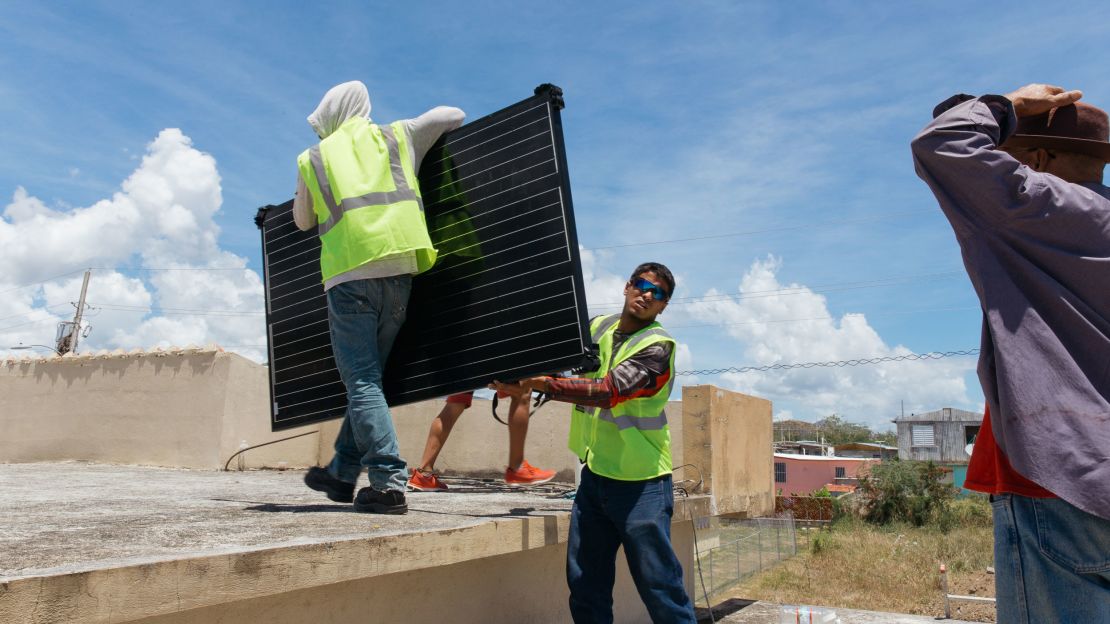
Amplifying the investment
On the ground, Resilient Power’s director of programs, Alejandra Castrodad-Rodriguez, is finding ways to multiply the impact of every dollar invested in solar energy. Castrodad-Rodriguez joined Resilient as part of a collaboration with the Rocky Mountain Institute, a renewable energy-focused non-profit.
“You make the investment be so much more because of where you are placing those solar panels,” Castrodad-Rodriguez said. “You are choosing a community asset who is providing other services like education, clean water, health clinics.”
Resilient Power has identified about 100 community centers across the island that meet those criteria.
Castrodad-Rodriguez, an economist and former resilience chief for the City of San Juan, believes Maria laid bare Puerto Rico’s electrical vulnerabilities.
“It’s impossible to put it into words,” she said of the 11 months the island spent in darkness. “It’s a call for a complete revolution in how we think about energy, from centralized systems to decentralized systems.” More local control of – and access to – the power infrastructure is the name of the game. This energy revolution is driving collaboration between women, and between Puerto Ricans living on the island and the diaspora on the mainland.
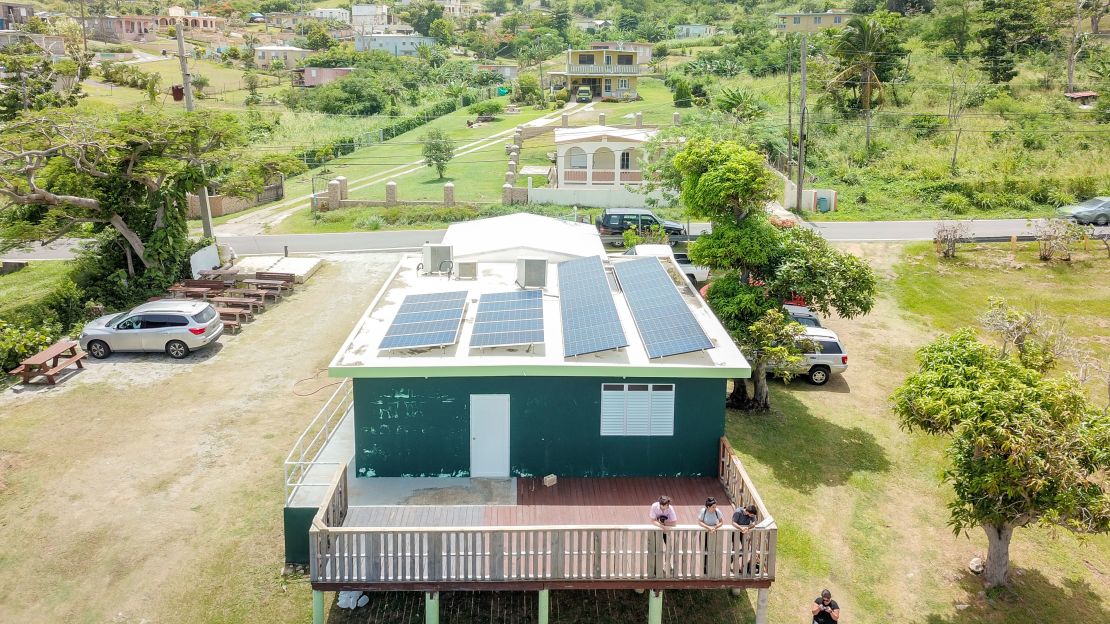
Empowering people with electricity
“Everyone should have the option to be independent from the grid,” Roig-Morris said. “That equals resilience from the inevitable challenges ahead.”
Long-term, she explained, Resilient Power plans to emphasize training of young people in collaboration with universities on the island, and to promote an alternative-energy industry that creates jobs.
In the meantime, Castrodad-Rodriguez sees in her role an opportunity to give underrepresented communities a voice, especially women trying to break into a male-dominated industry.
“Change is about bringing new voices into the conversation about development,” she said. “The female perspective and the community perspective are about participation, inclusion and collaboration. We are uniquely positioned to transform the way we work together toward a more equitable, sustainable future for the country.”



